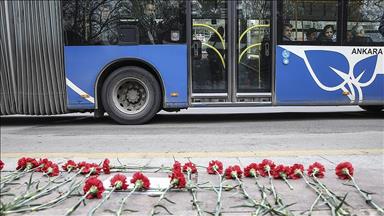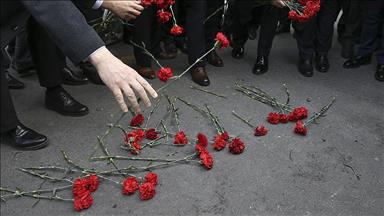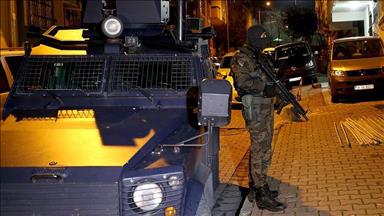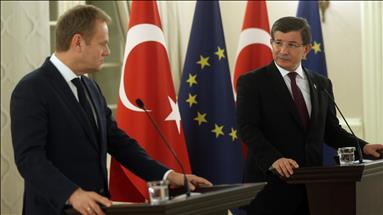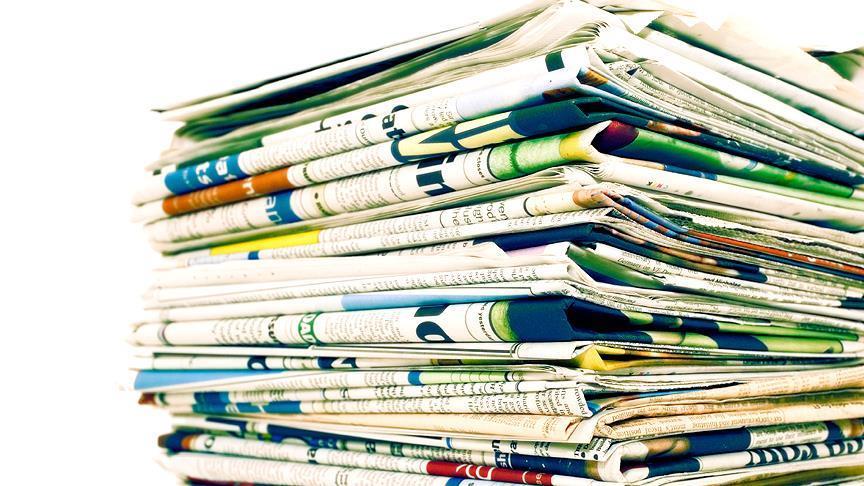
London, City of
LONDON
Sunday night’s Ankara bombing has again opened the debate on whether broadcasters and the press should show scenes depicting the aftermath of a terror attack.
Footage and graphic images of the scene at Ankara’s Kizilay district have been widely distributed on Facebook and Twitter since Sunday’s bomb blast. An attack on an Ivory Coast beach that occurred on the same day received similar treatment on social media outlets.
But directors of conventional media organizations have told Anadolu Agency that broadcasters and the press carry a responsibility to be sensitive when producing their output.
Marc Saikali, editor-in-chief of the French government-owned France 24 network, said: “We do not broadcast any image that defies a person’s dignity. We do not think there is much benefit to showing pictures of people crying out, covered in blood, or lying on the ground.”
Saikali said the role of the media is not to show the blood since it is already clear a terror attack will be deadly.
“37 people died in Ankara, in a country’s capital city. Is that not enough to describe how horrific the attack was? You have to ask those people who believe everything should be shown: if your partner or child were among the dead, would you want to see them onscreen?” he said.
Balkans program director for Al Jazeera Fahrudin Djapo agreed, saying the media has a responsibility to act within an ethical and professional conduct.
“They must first of all consider the victims’ families and relatives. They must also avoid the risk of deliberately or unknowingly becoming a part of the negative propaganda sought by the perpetrators,” Djapo told AA.
Monday’s news bulletins from British broadcasters, including Sky News and the BBC gave wide coverage to the Ankara bombings, including interviews with survivors, but were careful to avoid showing extensive footage of the bomb site.
But not all news organizations shared that stance.
Roberto Iadicicco from the Italian news agency AGI said it was important for all images of a terrorist attack’s aftermath to be distributed.
“I think this is necessary to dissuade people from terrorism. It pushes people towards thinking terrorism is a bad thing,” Iadicicco told AA.
He said AGI did distribute images acquired by its photojournalists in Ankara, comparing the story to that of Alan Kurdi, the three-year-old Syrian refugee who was found washed up on a Turkish beach following his family’s failed attempt to cross the Aegean Sea.
“Visual news stories today must depict precisely what the reality is. This is precisely like the story of the child found dead on the beach. That photograph of a child’s lifeless body on the beach inspired everyone to take action on the migrant crisis,” he said.
But, he added, his agency was not able to publish similar photographs after last year’s Paris attacks because of a ban by the French authorities, and that such measures could not be described as a restriction on the press.
“If Turkey does not want those images shown, we cannot describe that as Turkey obstructing press freedom,” he said.
For Azzam Tamimi, editor-in-chief of the London-based Arabic channel Al Hiwar, there is an element of “hypocrisy” when it comes to Western media coverage of Turkey and the Muslim world.
Tamimi told AA: “Whereas the Islamic State [Daesh] is considered a menace, the PKK and its affiliates are seen as legitimate actors or even freedom fighters. Few Western journalists can resist the temptation to take sides on ideological or cultural basis.
“The inherited fear or hate of Islam and Muslims usually manifests itself. Of course, this is not to deny that some journalists are fair and professional. They are keen on telling the truth and siding by the oppressed.”
He added: “But it is true too that some of them end up paying for their stances; they either lose their jobs or they do not get published as often”.
Anadolu Agency website contains only a portion of the news stories offered to subscribers in the AA News Broadcasting System (HAS), and in summarized form. Please contact us for subscription options.




